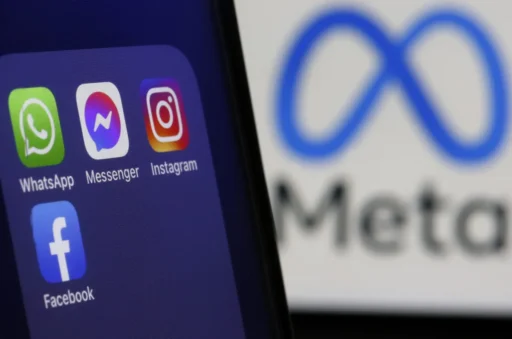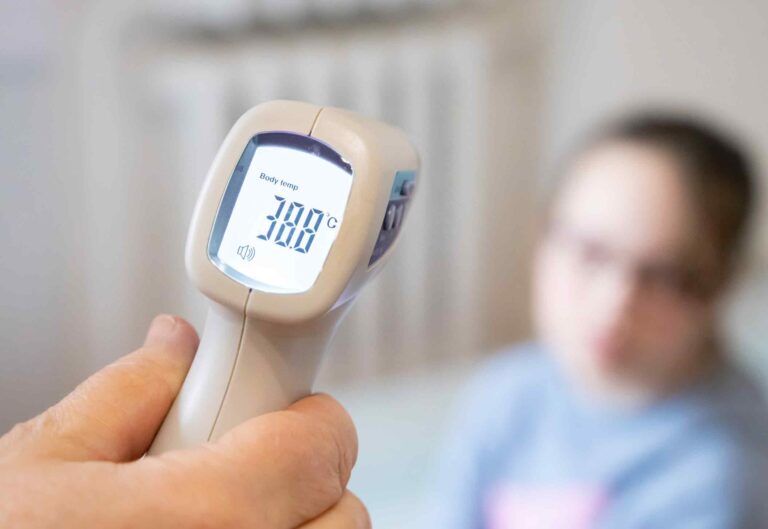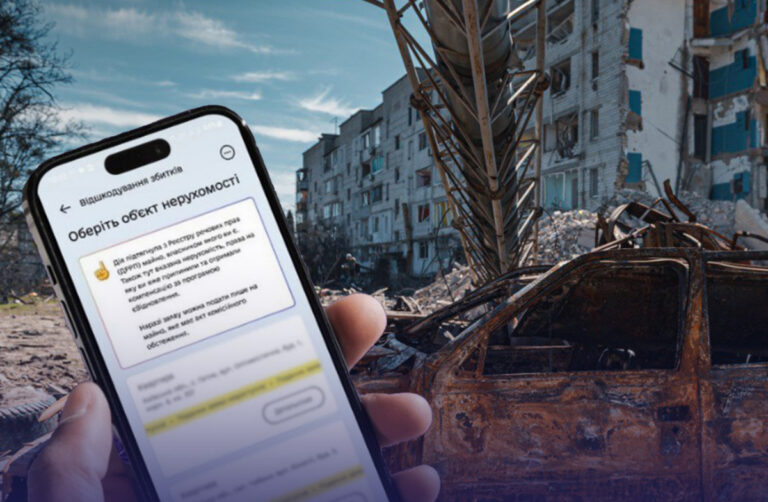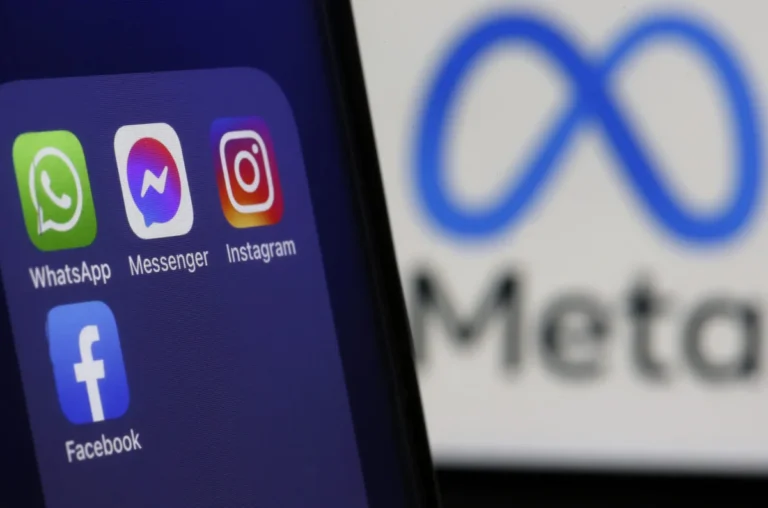
How Constant Notifications Are Wearing You Down
Each morning, millions of people worldwide wake not to sunlight but to the sound of notifications. The phone is the first thing their hand touches. News feeds are the first thing their eyes see. Messages, email alerts, app pings — all this forms the rhythm of our informational morning. Alongside it comes a low-grade anxiety that quietly lingers through the day.
What is digital exhaustion?
In psychology, we refer to this phenomenon in several ways — most commonly as information overload or digital anxiety. It’s not just screen fatigue. It’s the chronic sense that you need to be constantly “available,” responding, reacting, scrolling, staying updated.
From a neuropsychological standpoint, the human brain isn’t equipped to process such an uninterrupted flood of input. Each new ping is a micro-stressor that activates the sympathetic nervous system. Heart rate increases, cortisol levels rise, concentration plummets. When this cycle repeats dozens of times a day, it leads to chronic fatigue — even if your body hasn’t moved an inch.
Why does it happen?
The smartphone has become a dopamine-triggering device. Every like, message, or update is a tiny “reward” that causes a surge of dopamine. But the brain adapts — and over time, we need more stimulation for the same emotional effect. This is the classic model of addiction.
At the same time, we rarely pause to ask: do I really need to respond right now? Is it worth replying to that group chat at 11:45 PM? These are examples of the urgency trap — a cognitive bias where small but frequent demands hijack our attention and behavior.
Signs your mental system is overloaded
In clinical practice, we increasingly see symptoms of digital overstimulation:
- Constant irritability for no clear reason
- A sense of numbness or apathy after scrolling
- Trouble falling asleep due to “just one more check”
- Difficulty focusing for more than 15 minutes
- Guilt over unread messages or notifications
This isn’t about weak willpower. It’s a logical response to an environment engineered to monopolize attention.
Who is most vulnerable?
People who are naturally empathetic, highly responsible, or driven by a need to be helpful are most at risk. Teenagers building self-esteem through social media reactions. New parents seeking support online. Employees afraid of seeming “unavailable.”
They all live in a state of constant hyperstimulation. Even when the body rests, the mind keeps processing digital noise.
Revelant
So what can we do? Prevention is key
Digital hygiene isn’t about ditching technology altogether. It’s about developing intentional boundaries — knowing when, why, and how we engage with screens.
Key strategies:
- Set time boundaries
Avoid starting your day with a screen. Even 30 minutes of screen-free morning time can reset the nervous system. - Create phone-free zones
Keep devices out of the bedroom, kitchen, or bathroom. These spaces help the mind unplug. - Silent hours
Use Do Not Disturb or set notification-free time blocks — for example, from 9 PM to 9 AM. - Physical separation
Keep your phone out of sight during focused work or deep rest. It reduces the urge to check impulsively. - Digital detox days
Even six screen-free hours once a week can significantly improve sleep and reduce ambient anxiety.
This isn’t about rejecting tech — it’s about reclaiming balance
We’re not going back to a pre-internet era. But we can regain control over our attention.
As a psychologist, I don’t encourage fear of technology. I encourage awareness. Boundaries. And compassion toward ourselves — especially before responding to the 78th message in a group chat that could wait until morning.















